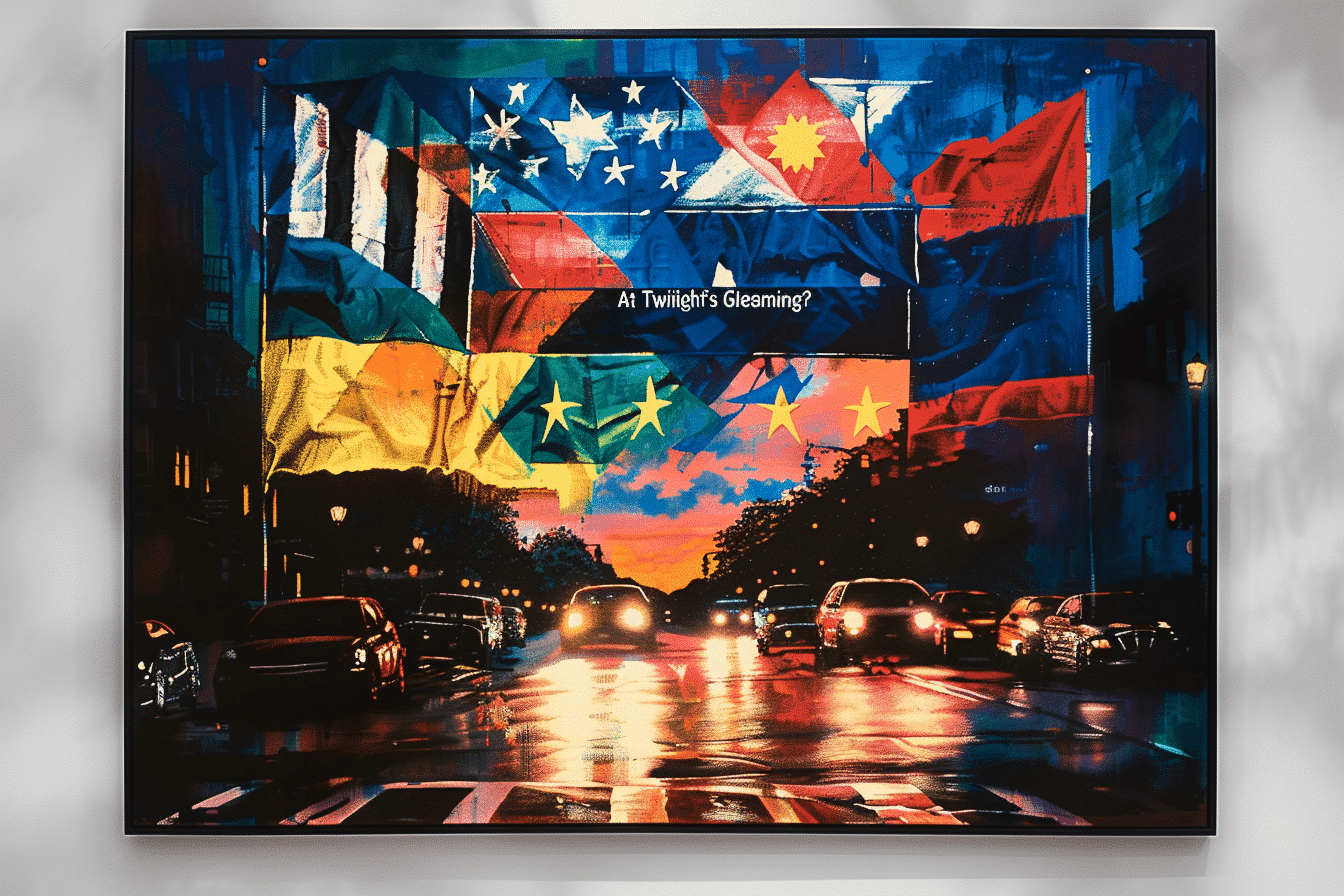In Seattle’s Henry Art Gallery, the power of advertising and iconography takes center stage in a provocative new exhibit by Hank Willis Thomas. “LOVERULES” offers a startling reflection on the commodification of femininity, race, and culture through historical advertisements, urging viewers to confront the uncomfortable truths embedded in corporate messaging.
Unveiling “Unbranded: A Century of White Women”
In an open, oval room at the Henry Art Gallery, walls are adorned with images of women spanning a century from 1915 to 2015. Hank Willis Thomas points to a striking image of two men atop a cliff a woman hanging below by a rope. “Anyone want to guess what this ad is for?” he asks a previewing group. “Sweaters?” someone suggests, surprisingly correctly. This image, from the 1959 Drummond Sweaters ad in “Esquire” magazine, starkly reflects the era’s commodification of femininity.
Historical Commodification
Thomas’ “Unbranded: A Century of White Women” series strips 101 advertisements of their logos and text, exposing the raw portrayal of women in media. Reading the original ad text, “Men are better than women! Indoors, women are useful — even pleasant. On a mountain, they are something of a drag,” Thomas evokes a chorus of scoffs, highlighting the blatant sexism of the time.
The Evolution of Corporate Branding
“LOVERULES” intertwines Thomas’ exploration of corporate branding and its impact on gender and race. What does it mean to look at an object that was made to have a three—to six-month shelf life 40 years later?” Thomas asks, emphasizing the enduring power of these images. A 1963 Tareyton cigarettes ad depicting a woman with a black eye is particularly disturbing, reflecting how advertisements can trivialize severe issues like domestic abuse.
Capitalism and Tokenization
Throughout the “Unbranded” series, viewers confront the capitalist ethos in advertising. “What is expected of us is very much informed by advertising, which typically has a specific agenda,” Thomas told CNN. The inferiority of women, commodified and sold, becomes a powerful tool for profit.
Unbranded: Reflections in Black by Corporate America
In this complementary series, Thomas critiques how brands commodify marginalized communities when financially convenient. “Somewhere around the late ’60s, I believe as a result of heightened visibility through the Civil Rights movement, corporations started to pay attention,” he explained. Ads from 1968 to 2008 reveal this shift, ending intentionally with Barack Obama’s election, marking a perceived culmination of corporate interest in Black America.
Racism and Sexism in Advertising
Both “Unbranded” series serve as channels for understanding racism and sexism in American history. Thomas’ work demands we analyze how corporations commodify belief systems for profit, often retreating from these stances when profits falter.
Influencers and Subtle Messaging
Thomas argues that modern advertising has become more deceptive. “With influencers and product placement, (this messaging) is a lot more subtle, insidious,” he says. Even as we recognize manipulative tactics, we often buy-in, a theme explored in his series “B®anded.”
Branding and Ownership
In “B®anded,” Thomas merges brand logos with evocative images, such as an “Afro-American Express” card featuring enslaved people and a chest with scars in the shape of Nike’s logo. These works highlight how branding and ownership intertwine in historical and modern contexts.
Hank Willis Thomas’ “LOVERULES” exhibition at the Henry Art Gallery is a powerful reflection on the dangerous power of advertising and iconography. Through historical and contemporary lenses, Thomas urges us to question the messages we consume and the systems of oppression they perpetuate. As we look at today’s visual messages, we must ask ourselves what future generations will find objectionable.



